20 Favorite North American Pasta Dishes That Hit The Spot
North American pasta dishes represent a delightful culinary fusion that blends traditional recipes with innovative local twists.
Comfort and creativity merge seamlessly in these beloved meals that warm hearts and satisfy hungry souls.
Regional ingredients transform classic Italian foundations into something uniquely vibrant and mouthwatering.
Generations of home cooks and professional chefs have reimagined pasta through distinctive cultural lenses.
Immigrant traditions and local agricultural bounty contribute to the rich tapestry of flavors found across different regions.
Cultural crossovers and family recipes have elevated these dishes beyond simple sustenance into true gastronomic experiences.
Each plate tells a story of migration, adaptation, and delicious innovation.
Prepare to tantalize your taste buds with these 20 unforgettable pasta creations that showcase North American culinary genius:
Favorite North American Pasta Dishes with Heart
Pasta night becomes unforgettable with these classic North American takes. Sauces and shapes come together in soul-satisfying bowls.
Penne Alla Vodka
Penne alla vodka showcases an irresistible creamy tomato sauce that transforms simple pasta into a luxurious Italian-American culinary sensation.
Italian restaurants first developed this dish in the mid-20th century, with competing claims from Bologna and New York regarding its exact birthplace.
Rich heavy cream and smooth vodka create a velvety sauce that coats each pasta tube with complex flavor profiles.
Tomato sauce provides a tangy base that balances the cream's richness and vodka's subtle warmth.
Home cooks and restaurant chefs alike enjoy preparing this simple yet elegant pasta dish.
Restaurants typically serve the pasta hot with fresh basil leaves and grated parmesan cheese as garnish.
Traditional recipes require quality ingredients like San Marzano tomatoes and imported parmesan.
Authentic preparation involves carefully reducing the sauce to maximize depth and smoothness.
Crawfish Monica
Crawfish Monica represents a spicy Louisiana pasta specialty crafted from rotini, crawfish tails, and a secret creamy sauce pioneered by Pierre Hilzim in the 1980s.
Hilzim named the dish after his wife Monica Davidson during New Orleans' famous Jazzfest.
Louisiana cuisine sparked this unique recipe featuring bold Creole seasoning and rich butter-cream base.
Crawfish tails provide the primary protein, delivering intense seafood flavor.
Garlic adds depth to the complex sauce.
Festival goers quickly embraced the dish, making it a signature Jazzfest menu item.
Hilzim trademarked the recipe, maintaining its mysterious origins.
Creamy pasta with seafood became an instant regional favorite.
Mac And Cheese
Mac and cheese delivers comfort through its creamy, rich blend of pasta and melted cheese.
Americans adore this classic dish for its simplicity and versatility.
Thomas Jefferson first introduced the recipe after experiencing similar European pasta dishes during his travels.
Cheddar cheese remains the most traditional choice, though modern versions incorporate gourmet ingredients like lobster, truffles, or vegetables.
Curved macaroni provides the ideal shape for holding thick cheese sauce.
Homemade versions often feature crispy breadcrumb toppings for added texture.
Restaurant menus across the United States showcase numerous creative interpretations of this beloved comfort food.
Generations have embraced mac and cheese as a satisfying meal that connects family and culinary traditions.
Baked Ziti
Baked ziti is a hearty Italian-American casserole blending ziti pasta with rich tomato sauce, melted cheese, and savory meat in a single baking dish.
Popularized by The Sopranos TV show through Carmela Soprano's signature recipe, this comfort food emerged as a hybrid between traditional Italian pasta al forno and American culinary styles.
Creamy mozzarella and ricotta cheeses melt between layers of tubular pasta and robust meat sauce, creating a satisfying one-dish meal.
Mushrooms, peppers, and onions often enhance its flavor profile, adding depth to the classic recipe.
Home cooks frequently prepare baked ziti for casual gatherings, serving it in generous slices alongside a crisp green salad.
Restaurant menus across the United States regularly feature this crowd-pleasing pasta dish.
Families and friends enjoy its warm, filling nature, especially during cooler months.
Simple ingredients and straightforward preparation make baked ziti a beloved staple in many households.
Spaghetti And Meatballs
Spaghetti and meatballs emerged as a hearty Italian-American creation born from immigrant resourcefulness in 19th-century United States.
Resourceful Italian immigrants adapted traditional recipes using affordable ingredients like canned tomatoes and readily available spaghetti.
Ground beef meatballs complemented long pasta strands covered in rich marinara sauce made with garlic, oil, and tomato base.
Surprisingly, this dish rarely appears on authentic Italian restaurant menus and remains more an American culinary invention.
Immigrants transformed limited store ingredients into a satisfying meal reflecting their cultural adaptability.
Tomato sauce preparation became a staple in immigrant households seeking familiar flavors.
Each component represented economic constraints and creative cooking strategies.
Restaurant versions today showcase the enduring legacy of this immigrant-inspired comfort food.
Fettuccine Alfredo
Fettuccine Alfredo is a creamy pasta dish originating from Rome, featuring flat noodles coated in a rich butter and Parmigiano-Reggiano cheese sauce.
Chef Alfredo Di Lelio invented the recipe in 1908 for his pregnant wife, seeking a simple yet nutritious meal.
American restaurants transformed the original Italian pasta al burro into a more decadent version with extra butter and cheese.
Hollywood celebrities popularized the dish in the early 20th century, making it a global sensation.
Di Lelio first served the pasta at his family restaurant in Rome, gradually perfecting the sauce's texture and flavor.
Americans embraced the recipe, adding cream to create an even more indulgent sauce.
Restaurant chefs across the United States began featuring the dish on menus nationwide.
Italian food purists often debate the authenticity of the American adaptation compared to the original Roman recipe.
Toasted Ravioli
Toasted ravioli are crispy deep-fried pasta pockets originating in St. Louis with a unique culinary twist that transforms traditional pasta into a crunchy appetizer.
Italian immigrants in Missouri created this dish during the 1950s at Angelo Oldani's restaurant, quickly making it a regional favorite.
Chefs carefully bread ravioli before submerging them in hot oil, creating a golden exterior that contrasts with the soft inner filling.
Multiple ingredients like cheese, beef, spinach, and eggs can fill these bite-sized treats.
Grated parmesan cheese typically crowns the crisp pasta squares.
Marinara sauce serves as the classic accompanying dip for these savory morsels.
Restaurants across St. Louis continue to feature this beloved appetizer on their menus.
Italian-American cuisine showcases its creativity through this unexpected and delicious interpretation of traditional ravioli.
Makawoni Au Graten
Haitian makawoni au graten is a bold Caribbean pasta casserole that transforms traditional mac & cheese with unexpected ingredients like mayonnaise, Worcestershire sauce, and white pepper.
Large pasta shapes such as rigatoni and penne replace classic elbow macaroni, creating a unique texture and flavor profile.
Grated parmesan or cheddar cheese generously tops the dish, melting into a rich, creamy layer.
Ham or shredded chicken often enhance the protein content for added depth.
Mustard provides a subtle tangy undertone that distinguishes this version from standard recipes.
Home cooks prepare the entire mixture in a casserole dish, allowing flavors to meld during baking.
Cold weather brings out this comfort food's most appealing qualities.
Haitian families traditionally enjoy makawoni au graten as a satisfying and warming meal during chilly seasons.
Pasta Primavera
Pasta primavera combines fresh seasonal vegetables with pasta in a light sauce, originating from an unexpected culinary moment during an adventurous hunting trip in Nova Scotia.
Ed Giobbi crafted this innovative dish by blending ripe tomatoes, chopped basil, parsley, and garlic with spaghetti and olive oil.
Restaurant owners Jean Vernges and Sirio Maccioni popularized the recipe at Le Cirque, transforming it into a Manhattan sensation by 1976.
Italian-sounding but truly American, the dish quickly became a staple in restaurants across New York City.
Bright vegetables and fragrant herbs create a simple yet elegant meal that celebrates seasonal produce.
Restaurant critics and diners embraced the colorful plate as a refreshing alternative to heavy pasta dishes.
Giobbi's spontaneous creation remains a testament to culinary creativity and improvisation.
Simple ingredients and quick preparation make pasta primavera a beloved classic in modern American cuisine.
American Chop Suey
American chop suey delivers a hearty one-pot meal blending tender pasta, seasoned ground beef, and rich tomato sauce into a comforting New England classic.
Regional recipes emerged in the mid-20th century, featuring elbow macaroni as the primary pasta shape.
Home cooks frequently customize the dish with Worcestershire sauce, diced onions, and minced garlic for extra depth.
Grated cheese often tops the casserole, creating a melty golden crust.
Stovetop and baked versions allow flexible preparation methods.
Most families serve this dish during cold winter months as a satisfying dinner.
Beef provides substantial protein, while tomato sauce adds tangy moisture.
Simple ingredients make this budget-friendly meal a staple in many households.
Cincinnati Chili
Cincinnati chili revolutionizes traditional chili by blending Mediterranean spices with American comfort food, creating a unique meat sauce served over spaghetti.
Macedonian immigrant Tom Kiradjieff invented this distinctive dish in 1922 at his struggling Greek restaurant, The Empress.
Middle Eastern spices like cinnamon, allspice, Worcestershire sauce, and cocoa transform ground meat into a complex flavor profile.
Cincinnati boasts over 180 chili restaurants dedicated to this regional specialty.
Restaurants typically serve the chili in layers: spaghetti as a base, followed by the spiced meat sauce.
Shredded cheddar cheese, fried beans, chopped onions, and crushed oyster crackers complete the signature topping combination.
Each plate represents a culinary tradition born from immigrant creativity.
City residents consider Cincinnati chili a beloved regional staple that reflects the area's diverse cultural heritage.
Kraft Dinner
Kraft Dinner dominates Canadian cuisine as an iconic boxed macaroni and cheese meal that revolutionized affordable home cooking during the Great Depression.
Originally launched in 1937, these blue-yellow boxes quickly became a budget-friendly staple for families seeking quick, inexpensive meals.
Canadian households consume more of this pasta product per capita than any other nation worldwide.
Statistics show each Canadian eats approximately 3.5 boxes annually, making it the most purchased grocery item in the country.
Manufacturing began when James Lewis Kraft developed a shelf-stable cheese product that could feed families for just 19 cents per serving.
Convenience, low cost, and simple preparation transformed Kraft Dinner into a cultural phenomenon.
Generations of Canadians grew up eating this quick mac and cheese, cementing its place in national food history.
Kraft's innovative approach to mass-producing affordable meals changed home cooking forever.
American Goulash
American goulash delivers a hearty one-pot meal blending simple ingredients into a satisfying dinner classic.
Ground beef forms the protein base of this budget-friendly pasta dish typically made with elbow macaroni or egg noodles.
Tomatoes and onions create a rich sauce complemented by paprika and garlic for deep flavor complexity.
Home cooks across midwest regions favor this quick and filling meal that requires minimal preparation time.
Economical ingredients make goulash a go-to dinner solution for families seeking a comforting and substantial meal.
German immigrants originally introduced similar stew-like recipes to American kitchens during early settlement periods.
Families often customize goulash recipes based on available ingredients and personal taste preferences.
Spaghetti Bordelaise
Spaghetti Bordelaise represents a unique New Orleans fusion of Italian and French culinary traditions, featuring a simple yet flavorful pasta preparation.
French Creole cooks transform classic Italian aglio e olio by replacing black pepper with white pepper and modifying garlic techniques.
Golden-hued garlic sautés briefly in olive oil and butter before being removed from the pan.
White pepper and fresh parsley create a delicate sauce base for the pasta.
Spaghetti gets tossed in the aromatic mixture with reserved cooking water to ensure smooth coating.
Butter adds richness and depth to the final dish.
Olive oil provides a traditional Mediterranean foundation for the recipe.
Minimal ingredients highlight the elegance of this cross-cultural pasta creation.
Amish Pasta Salad
Amish pasta salad highlights Pennsylvania Dutch culinary traditions with its creamy, tangy blend of simple ingredients.
Macaroni serves as the base, mixed with crisp scallions, bell peppers, hard-boiled eggs, and crunchy celery.
Mayonnaise, creme fraiche, mustard, sugar, white wine vinegar, celery seeds, salt, and pepper create a zesty dressing that coats every ingredient.
Family gatherings and picnics often feature this cool, refreshing side dish.
German immigrant communities first developed the recipe in rural Pennsylvania settlements.
Summer potlucks and church events frequently showcase this popular salad.
Home cooks prepare the dish by mixing ingredients and chilling before serving.
Cold temperatures enhance the salad's flavor and texture, making it a perfect warm-weather meal companion.
Chicken Riggies
Chicken riggies burst with rich Utica regional flavor, combining rigatoni pasta, spicy cream tomato sauce, and tender chicken pieces in a signature Italian-American creation.
Restaurant owners in Clinton, NY first developed this dish during late 1970s card game gatherings for local professionals.
Hot and sweet peppers provide sharp complexity to the creamy sauce coating perfectly cooked pasta.
Restaurant patrons initially enjoyed a simpler version without the signature sauce.
Nearly every Italian restaurant in central New York serves this distinctive pasta dish.
Traditional preparation includes carefully sliced chicken breast and a mix of peppers.
Italian-American culinary traditions shine through this hearty, spicy pasta specialty.
Spaghetti Pie
Spaghetti pie captures Colorado's unique culinary creativity by transforming classic pasta into a hearty, layered casserole-style dish.
Italian-American immigrants likely inspired this savory pie, which combines spaghetti noodles pressed into a pie crust with a rich meat and cheese filling.
Ground beef, onions, tomatoes, and bell peppers create a robust base that binds with beaten eggs and melted cheese.
Mozzarella, ricotta, and parmesan add creamy texture and depth to each slice.
Home cooks typically prepare this dish in a round pan, creating a pie-like presentation that looks as delicious as it tastes.
Colorado restaurants and home kitchens continue to celebrate this innovative pasta creation that blends comfort food with creative presentation.
Baked until golden and bubbling, spaghetti pie offers a satisfying meal that bridges traditional pasta and pie concepts.
Bajan Macaroni Pie And Flying Fish
Macaroni pie dominates Barbadian cuisine as a beloved national comfort food featuring tubular pasta baked into a creamy, spicy casserole.
Caribbean kitchens transform basic macaroni with a rich blend of butter, eggs, and milk that creates a dense, flavorful base.
Sharp cheddar cheese provides intense flavor while onions and mustard add complex undertones.
Ketchup contributes a subtle sweetness to the dish's profile.
Red pepper sauce or cayenne pepper introduces a signature spicy kick that elevates the entire preparation.
Grated cheese and crispy breadcrumbs form a golden, crunchy topping that seals in the creamy interior.
Families serve this satisfying dish as a side or main course during gatherings and celebrations.
Barbadian restaurants and home cooks consider macaroni pie a staple of their culinary tradition.
Bahamian Macaroni & Cheese
Bahamian mac and cheese embodies a spicy, creamy Caribbean twist on traditional macaroni and cheese that transforms simple ingredients into a mouthwatering culinary experience.
Native to The Bahamas, this dish blends elbow macaroni with sharp cheddar cheese, fiery habanero peppers, and aromatic vegetables like onions and bell peppers.
Butter and eggs create a rich, custard-like texture that sets this version apart from standard mac and cheese recipes.
Grated cheese and seasonings are sautéed with pasta, then mixed with beaten eggs and evaporated milk before baking to golden perfection.
Home cooks carefully spread the mixture in a casserole dish, ensuring a crispy top layer that adds delightful crunch.
After cooling, the mac and cheese is sliced into firm squares that hold their shape beautifully.
Bahamian families typically serve this dish during special occasions like Christmas and Easter, making it a cherished holiday staple.
Fettuccine Nassau
Fettuccine Nassau delivers a seafood-packed Caribbean pasta experience combining succulent shrimp and lobster with fresh herbs and nutty almonds.
Bahamian chefs create this specialty by sautéing garlic in olive oil before adding premium local seafood like crawfish or lobster.
Mediterranean fettuccine serves as the perfect base for the rich, oceanic flavors native to Nassau's coastal cuisine.
Fish stock enhances the sauce's depth and complexity, while chopped basil and parsley provide bright, aromatic notes.
Almonds contribute a subtle crunch and earthy undertone to the dish's texture.
Mediterranean cooking techniques blend seamlessly with Bahamian ingredients in this unique pasta preparation.
Olive oil ensures a silky, luxurious coating for the perfectly cooked seafood and pasta.
How Do North American Pasta Recipes Differ from Traditional Italian Ones?
North American pasta dishes often reflect a fusion of influences and a preference for hearty, bold flavors. Compared to traditional Italian recipes, which emphasize simplicity, high-quality ingredients, and regional authenticity, North American versions tend to:
Can You Find Vegan or Gluten-Free Versions of Classic American Pastas?
Yes! With growing dietary awareness, many classic American pasta dishes now have vegan and gluten-free alternatives:
Restaurants and home cooks alike are embracing these variations, making classic American pasta dishes more accessible to diverse diets.

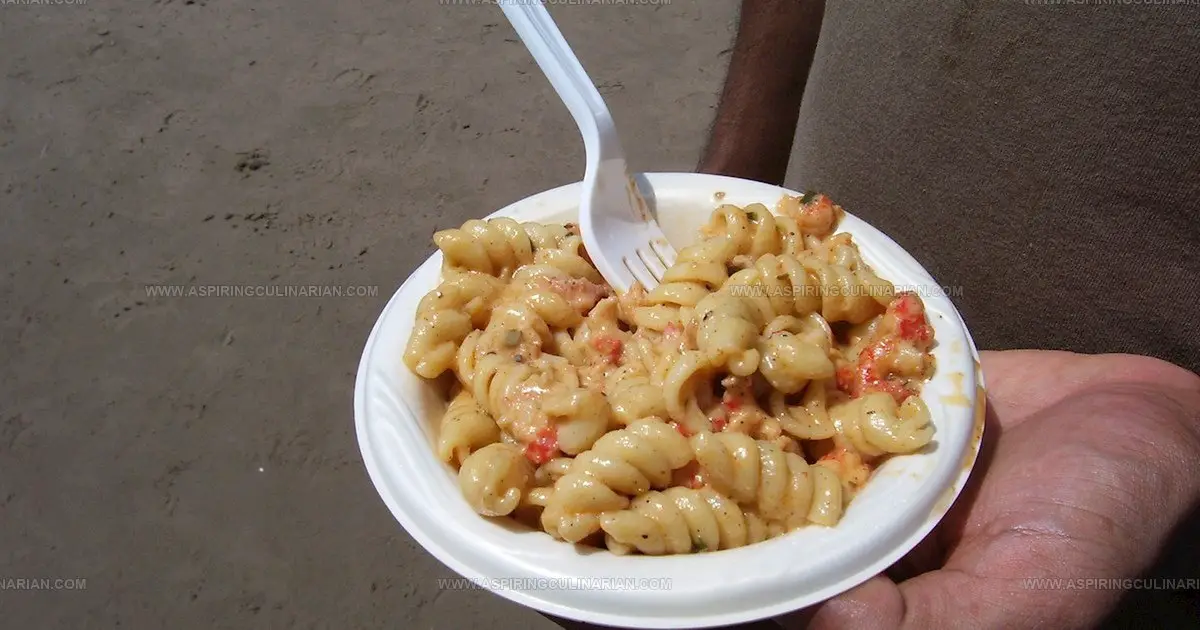
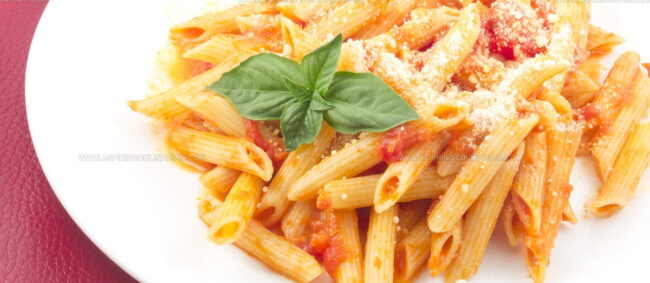
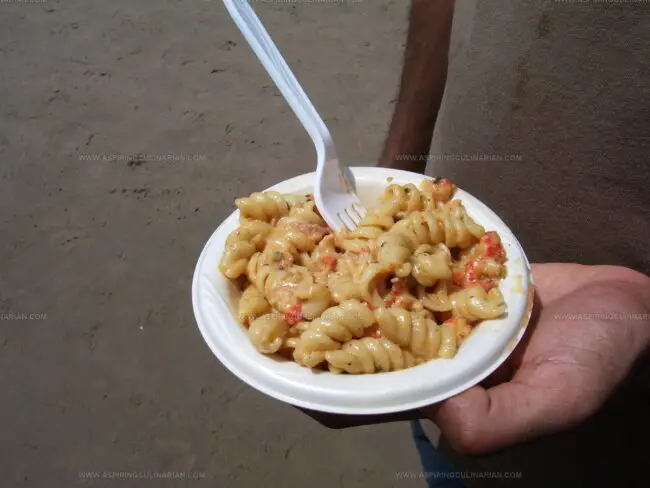
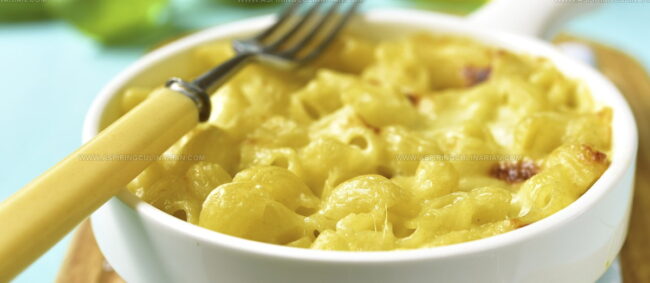
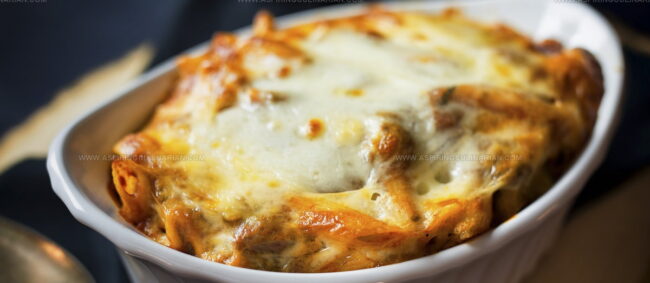
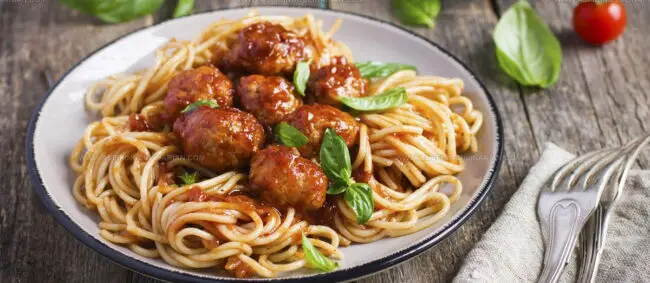
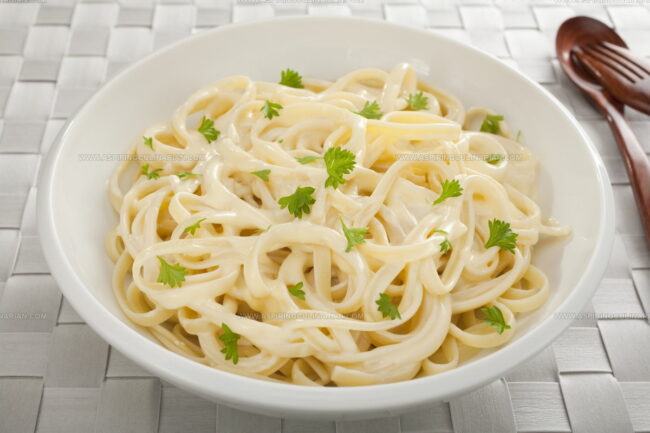

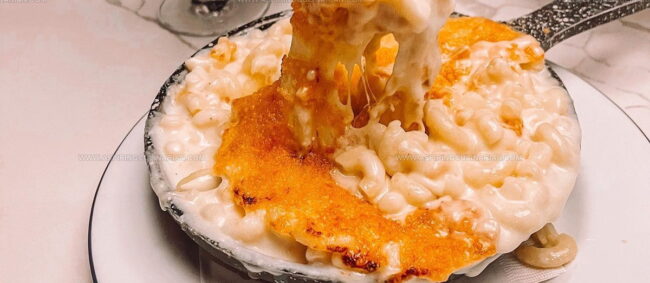
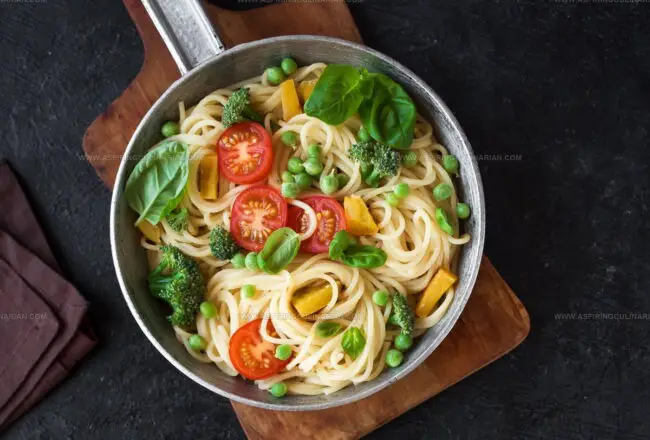
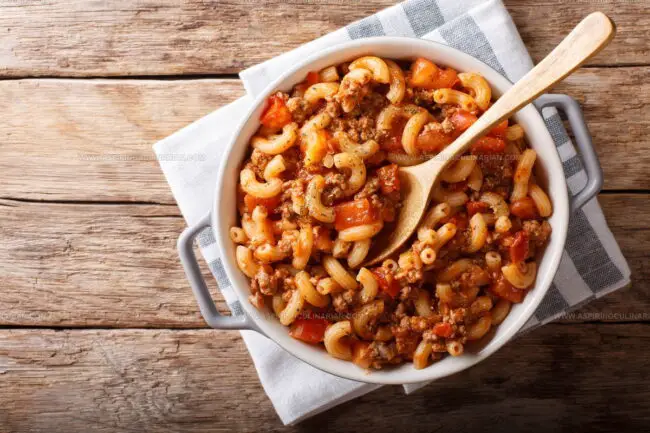
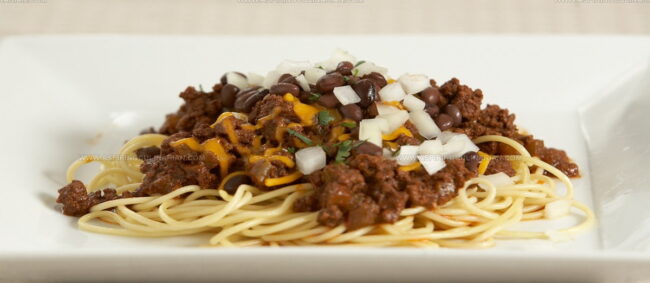
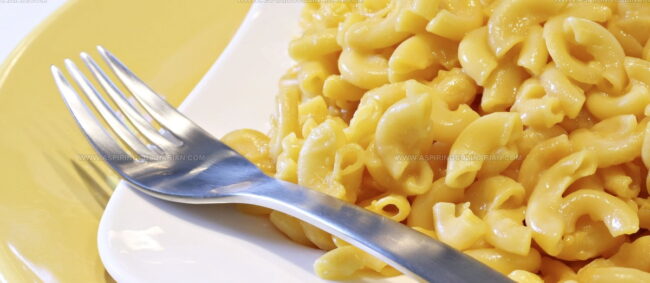
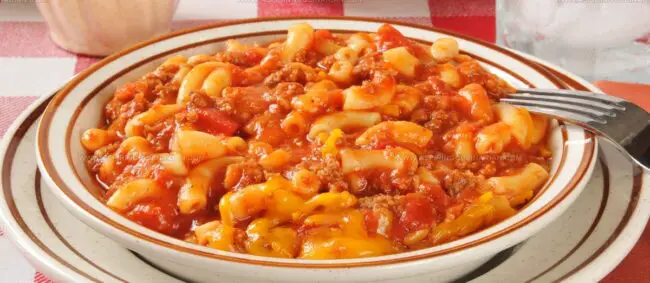
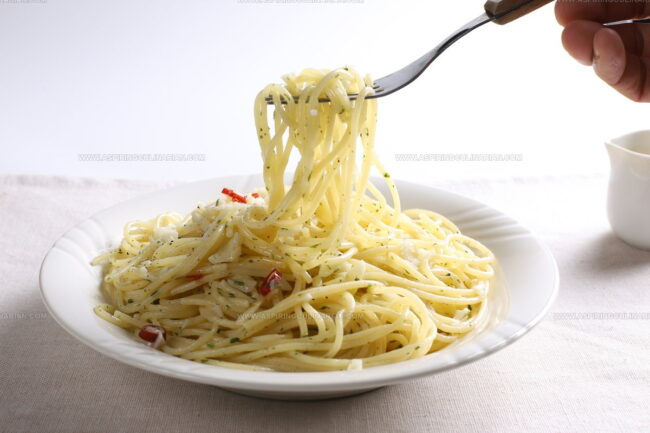
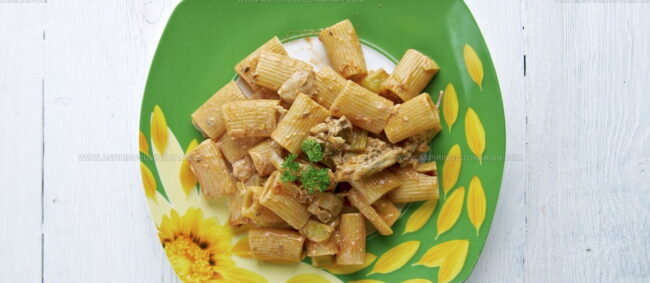
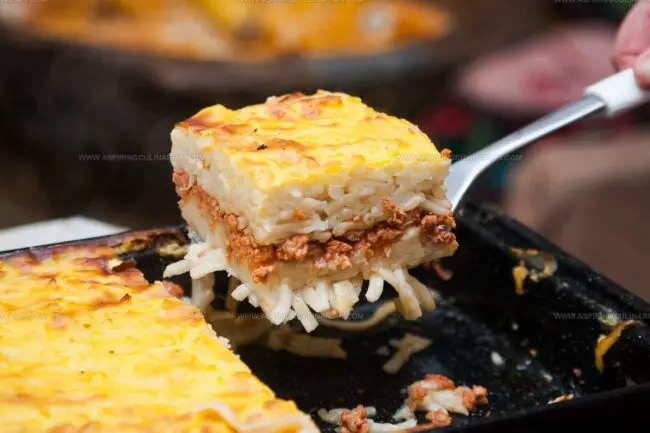
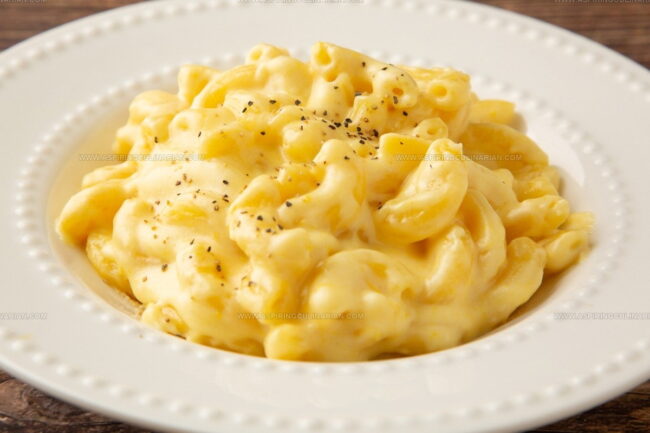
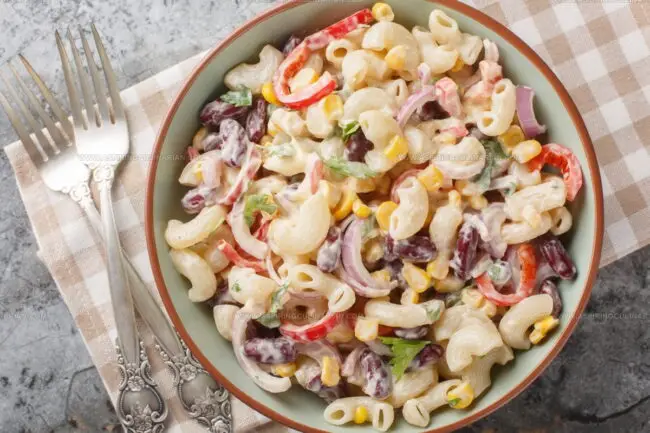
Lena Martinez
Contributing Writer & Culinary Educator
Expertise
Southwestern and Latin American cuisines, Vegetarian and plant-based recipe development, Culinary education and community outreach
Education
Santa Fe Community College, Santa Fe, NM
Certificate in Culinary Arts
Emphasized Southwestern cuisine and sustainable cooking practices
Lena grew up surrounded by the colors, spices, and traditions of the Southwest – flavors that sparked her love for bold, honest cooking. After earning her Culinary Arts certificate at Santa Fe Community College, she made it her mission to teach home cooks how to create flavorful, plant-powered meals without the fuss.
Her recipes are packed with vibrant ingredients, simple steps, and the kind of heart that turns a regular meal into something you’ll want to share. Outside the kitchen, Lena spends her time wandering farmers’ markets, trading family recipes, and helping young chefs find their voice through food.